Discover the Rome neighborhood best suited to your style
Click on the map and choose the neighborhood
The guide to the neighborhoods of Rome
Rome, as we know, seduces with its charm and genuineness. To get a taste of Roman life, one must explore its neighborhoods. From an administrative perspective, the city is divided into 15 municipalities, each with its own president, council, and government. The "rioni" of Rome, on the other hand, are the first toponymic subdivision of the city, totaling 22, indicating the areas within the Aurelian Walls, with the exception of Borgo and Prati. The districts of Rome are the second level of toponymic subdivision of Rome Capital, and currently, there are 35 of them.
Below is the guide to the main neighborhoods and districts of Rome.
THE HISTORIC CENTER
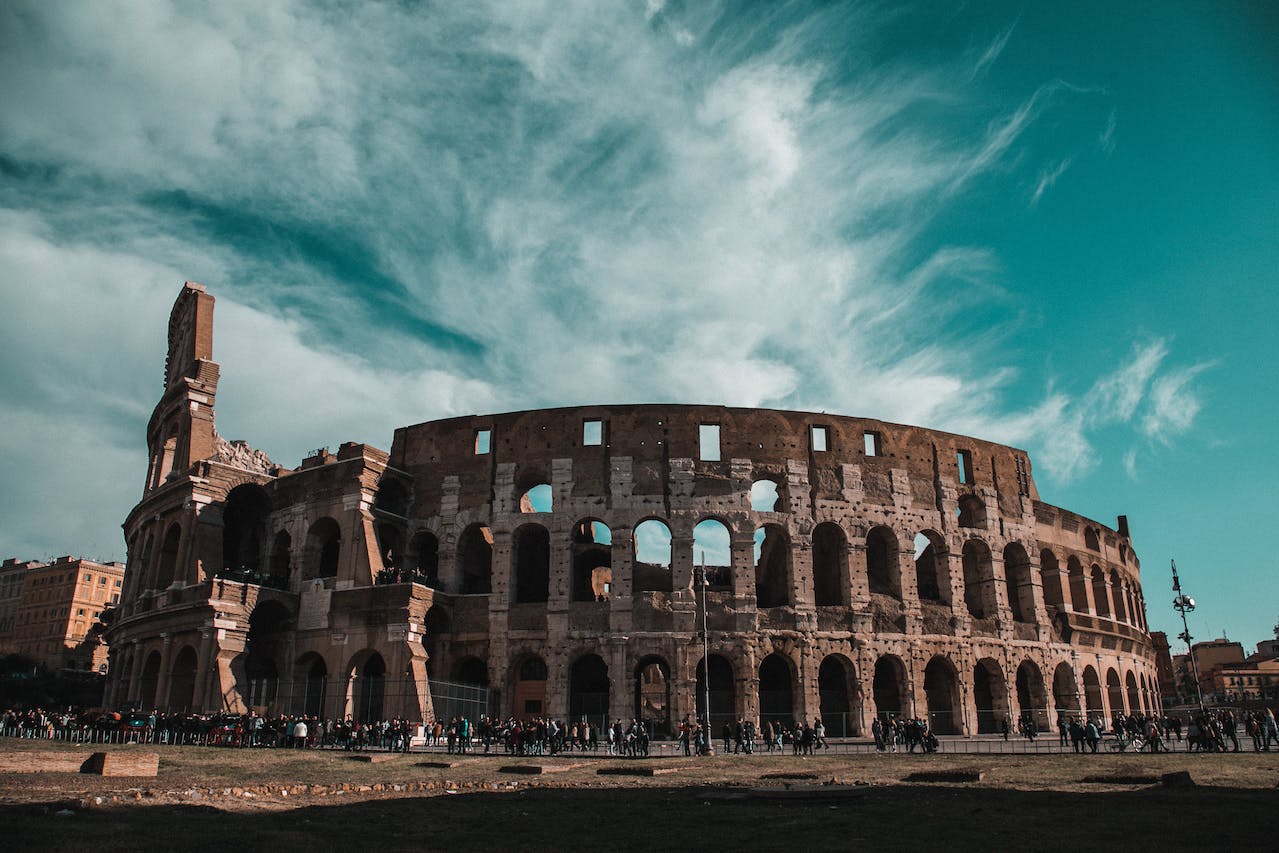
Walking through the historic center of Rome is a unique experience. Recognized as a UNESCO World Heritage Site, Rome's center is rich in history and surprises, with thousands of points of interest witnessing three thousand years of history.
The best starting point for your walk in the historic center of Rome is Piazza del Popolo. The three streets forming the commercial area of the center are known as the “tridente”,formed by Via di Ripetta, Via del Corso and Via del Babuino. Walking along Via del Babuino, you will reach Piazza di Spagna. Climb the 136 steps of the monumental staircase to Trinità dei Monti to enjoy a unique view and sunset. Speaking of places not to be missed, we cannot fail to mention Trevi Fountain, beautiful both day and night, and the impressive Pantheon. Surrounded by shops, bars, and restaurants, the contrast between modern life and millennia-old monuments is spectacular. In addition to visiting the most famous attractions and monuments, we recommend getting "lost" in the historic center of Rome. You will find historic palaces, streets paved with cobblestones, churches on every corner, extraordinary squares, shops, and much more.
Key details
What to expect
The historic center of Rome is a labyrinth of history, art and culture offering a wide range of unique experiences. You can expect to see numerous monuments, historical attractions, squares, churches and picturesque streets.
Lifestyle
The historic center of Rome reflects a fascinating mix of lifestyles. As an area so rich in history, culture and art, it welcomes a diversity of people and offers experiences ranging from modern urban life to ancient Roman times.
What not to expect
In the historic center of Rome you will not find open spaces and parks, large shopping centers or quiet residential areas.
The real estate market
It offers a diversification that reflects the historical and cultural richness of the city. There are historic properties and renovations accompanied by investments for tourism purposes.
You will fall in love with
A unique combination of history, architectural beauty, vibrant culture and authenticity that can inspire a deep sense of affection and admiration.
Keywords
Thousand-year history, Iconic monuments, Artistic heritage, Ancient architecture, Eternal City, Crowded squares, Cobbled alleys, Vibrant nightlife, Roman culture, Traditional food, Spanish Steps, Trevi Fountain, Colosseum, Pantheon, Roman Forum, Secular churches, Atmosphere romantic, Art and sculpture, Trastevere, Vatican, Ponte Milvio, Cinemas and historic theatres, Tiber, Street art and murals, Roman popular culture
TRAVEL TIMES
Cathedral: 25 min by car, 30 min by public transport
Castle Sforzesco: 20 min by car, 25 min by public transport
Central Station: 10 min by car, 20 min by public transport
Milano Malpensa: 40 minutes by car, 1 hour and 13 minutes by public transport
TRANSPORT
NEAREST SUBWAYS
Line 5 (Bicocca, Pignale, Bignami stop)
SURFACE VEHICLES
Well connected by both trams and buses to the airport
RAILWAY SERVICE
Bruzzano-Parco Nord station
Greco-Pirelli station
HIGHWAYS AND TANGENTIALS
20 minutes from the A1, 20 minutes from the A4, 30 minutes from the A7, 20 minutes from the A8, 15 minutes from the Eastern ring road, 25 minutes from the Western ring road, 12 minutes from the Northern ring road
BORDERS
East: The area around the Colosseum, the Roman Forum and the Capitoline Hill
Ovest: The area around Trastevere
North: The area around Piazza del Popolo and Villa Borghese
South: The area around the Circus Maximus and the Aventine
Nearby Neighborhoods:
- Trastevere
- Monti
- Esquilino
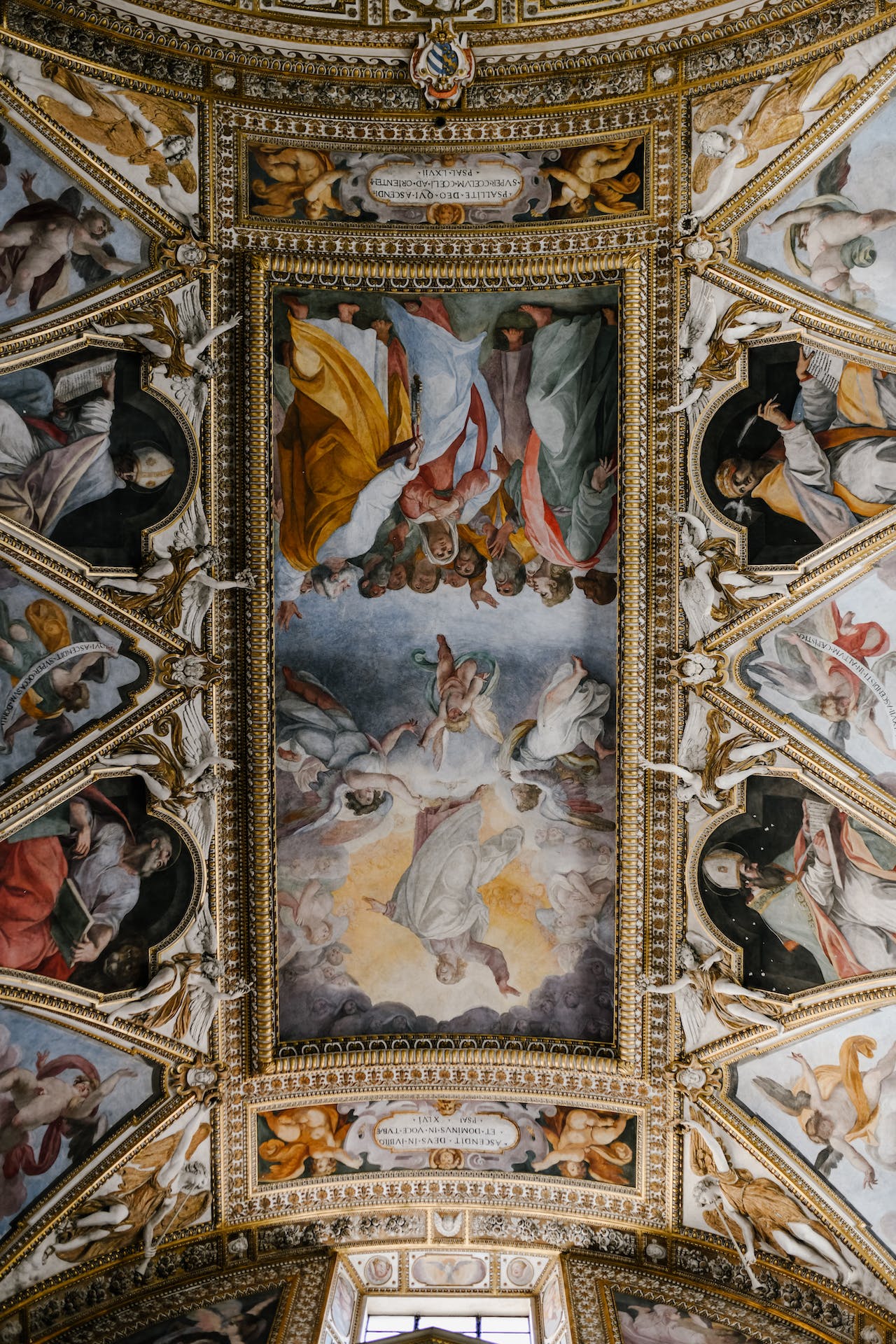
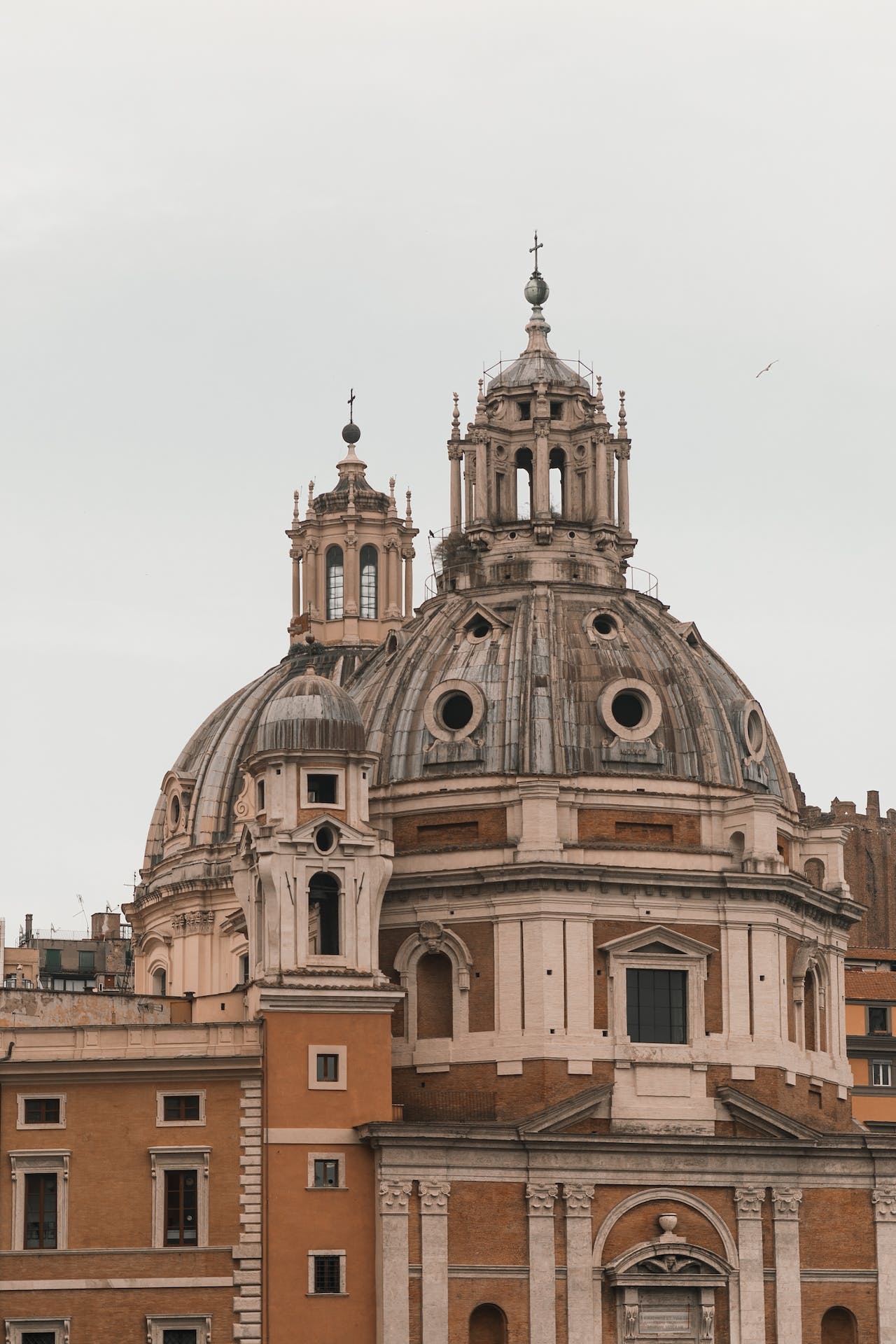
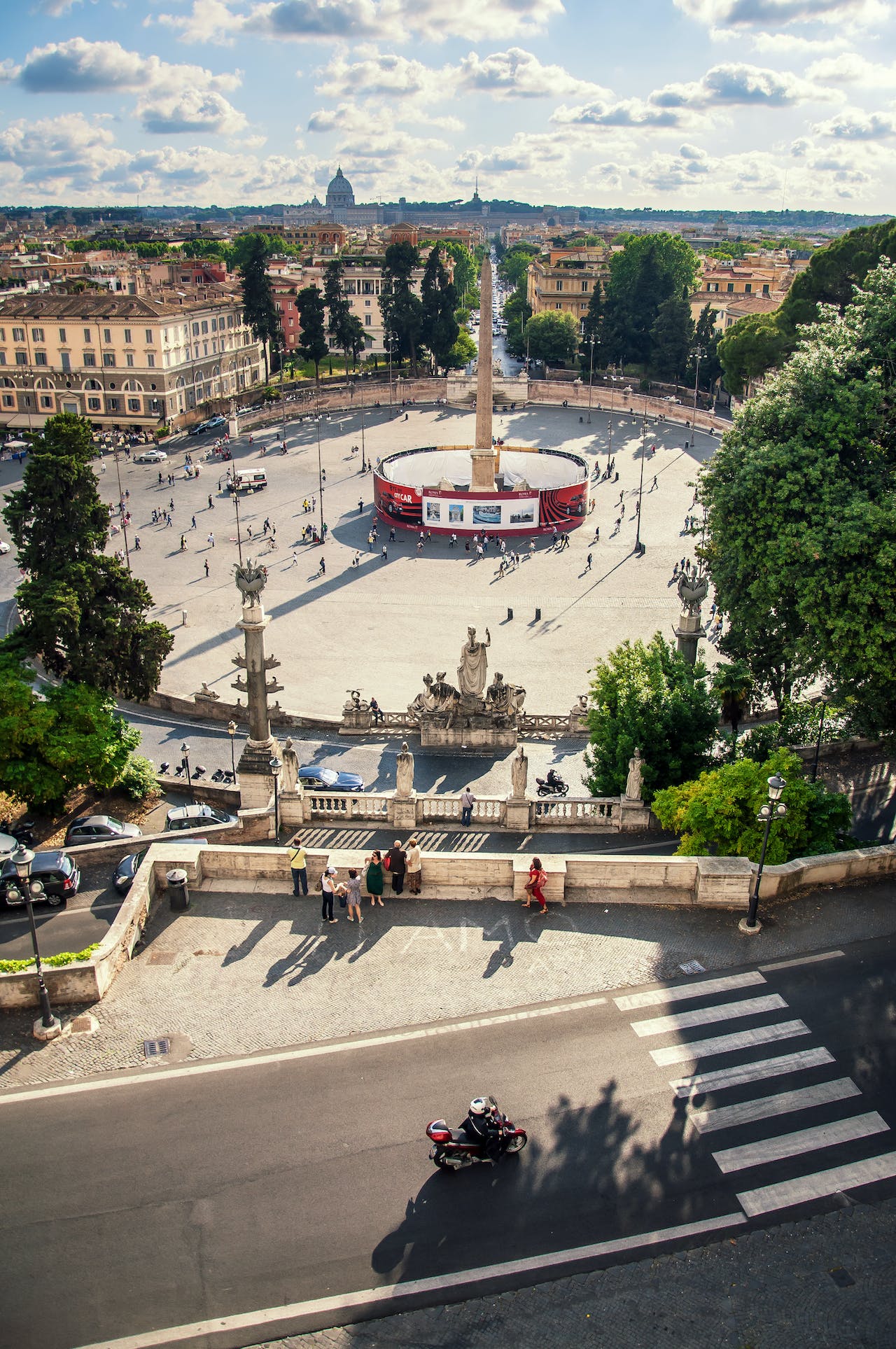
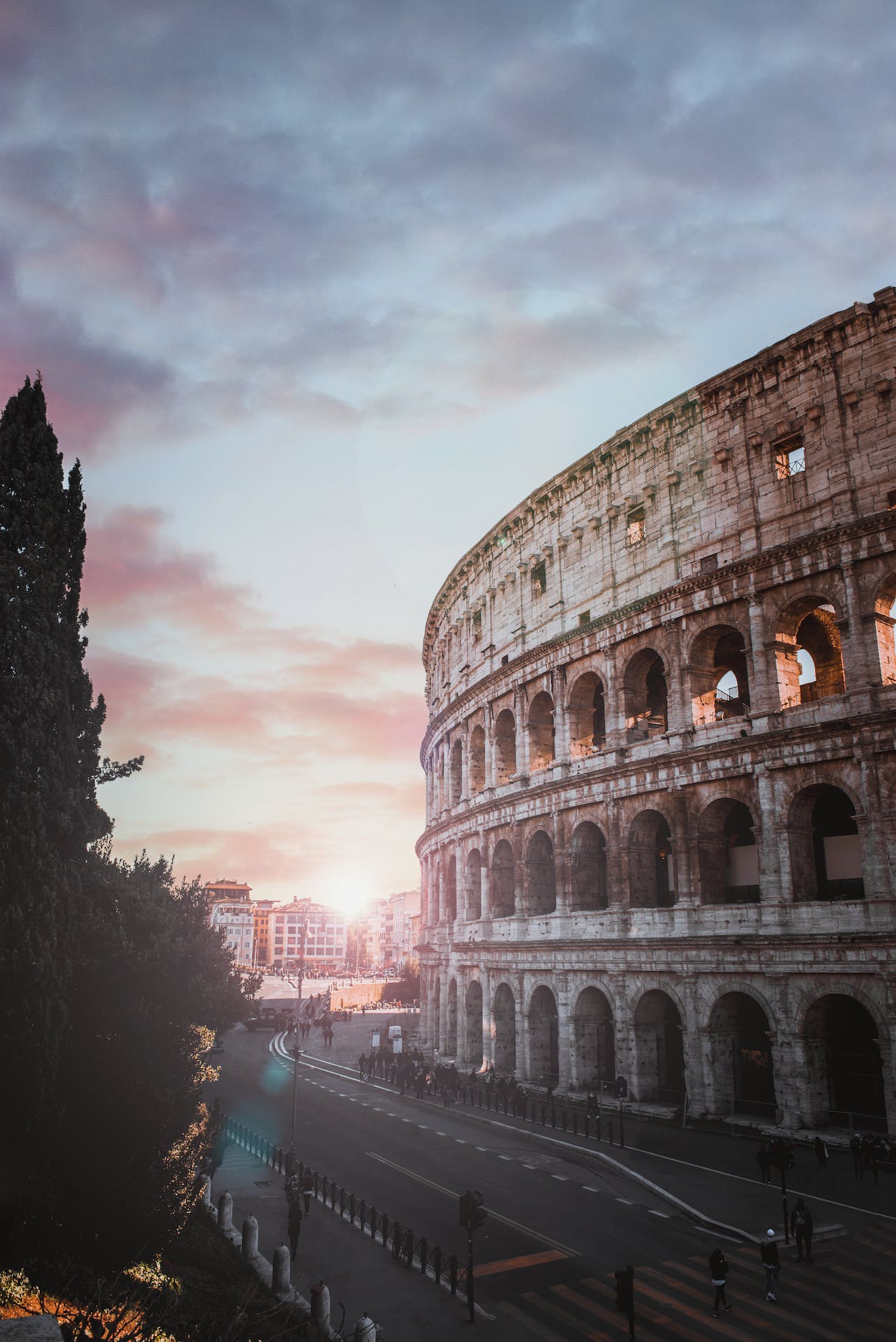
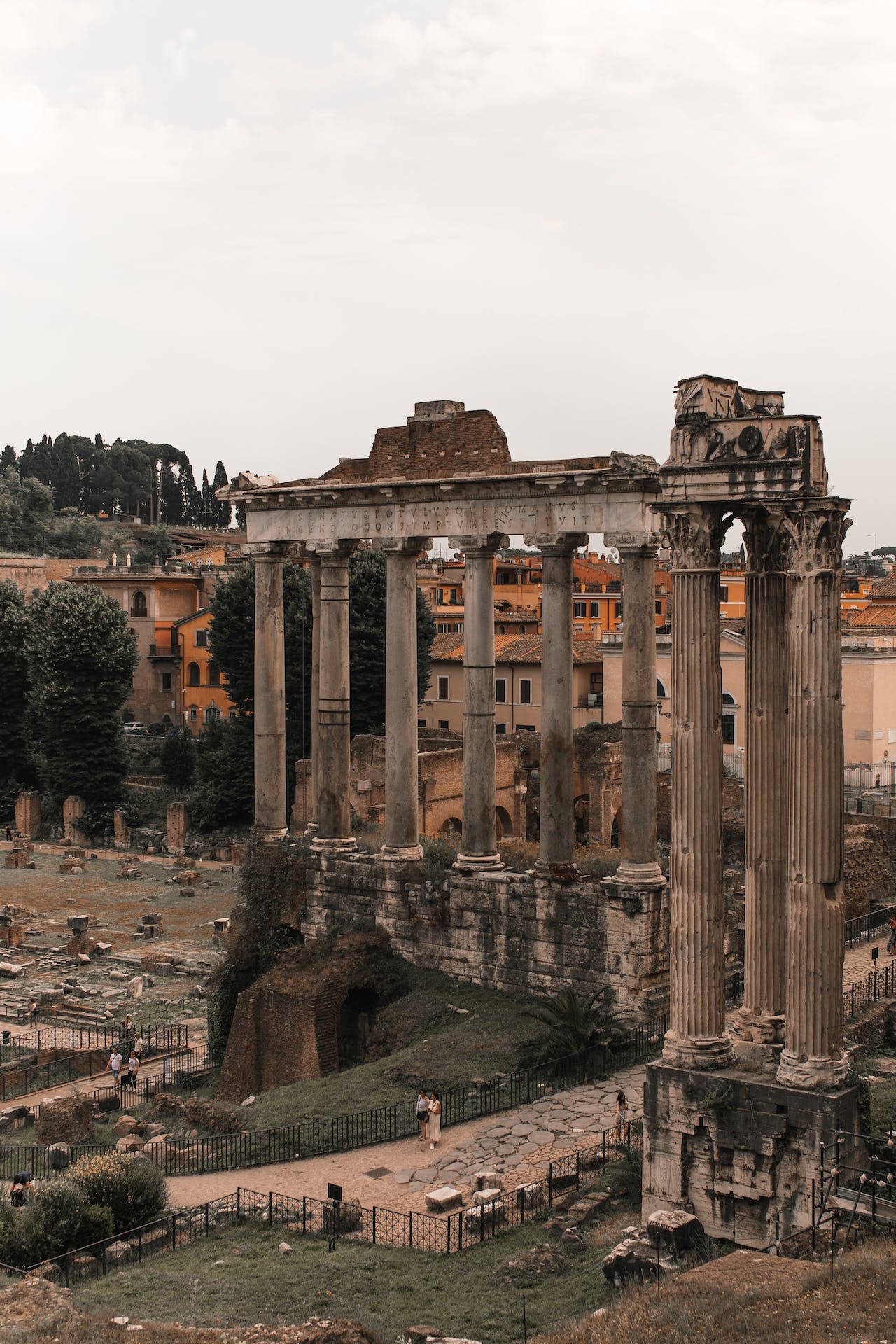

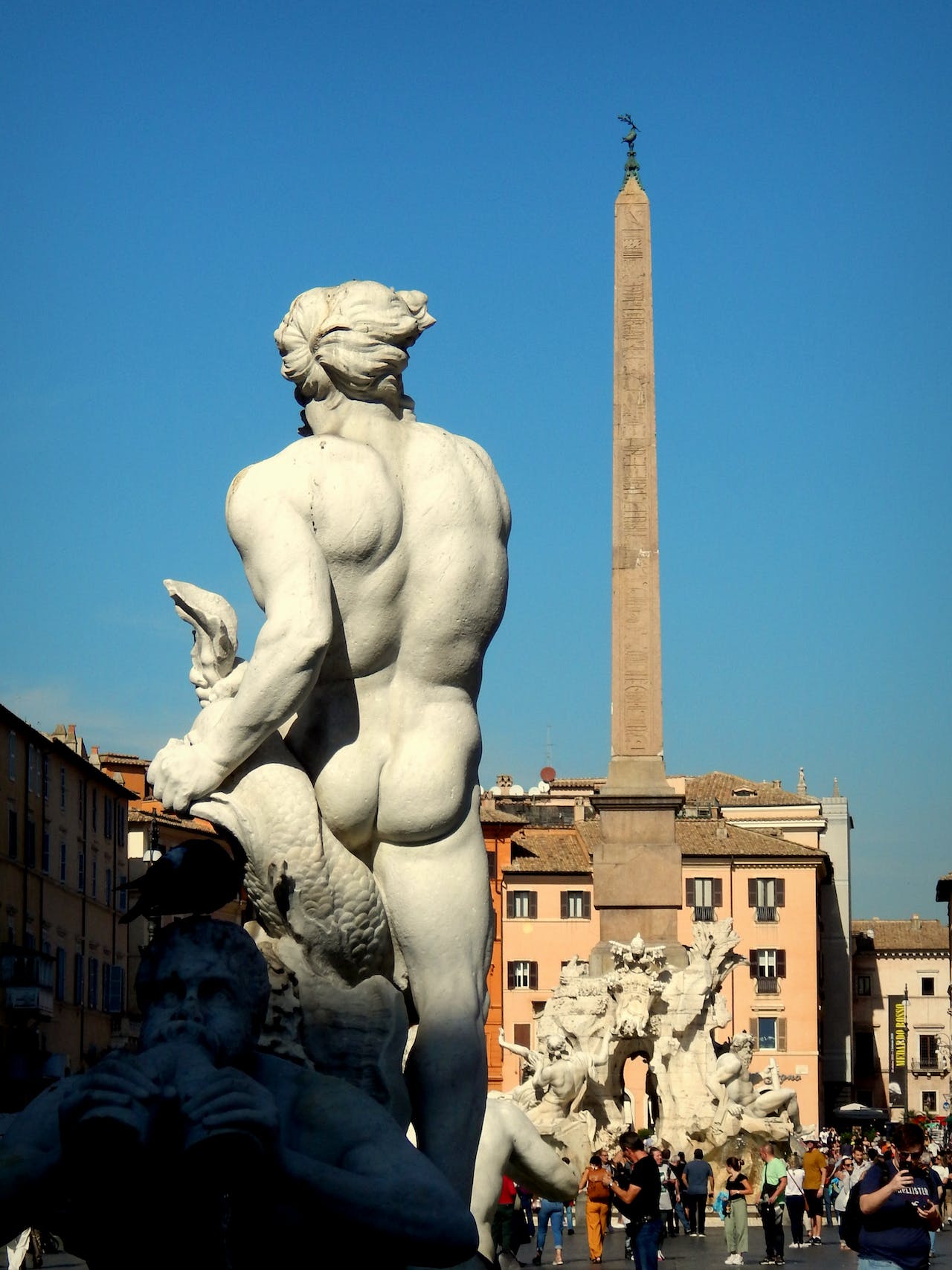
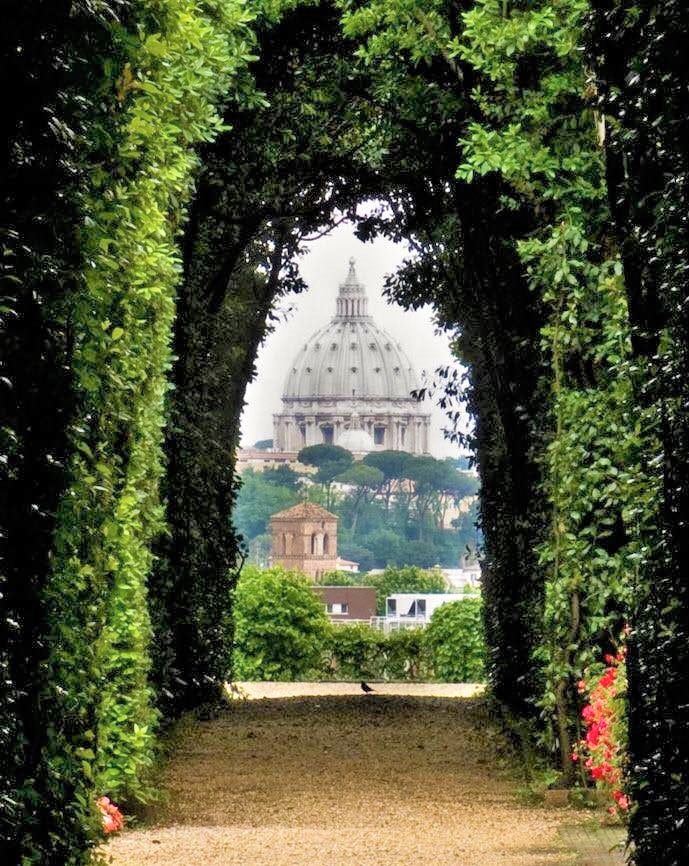
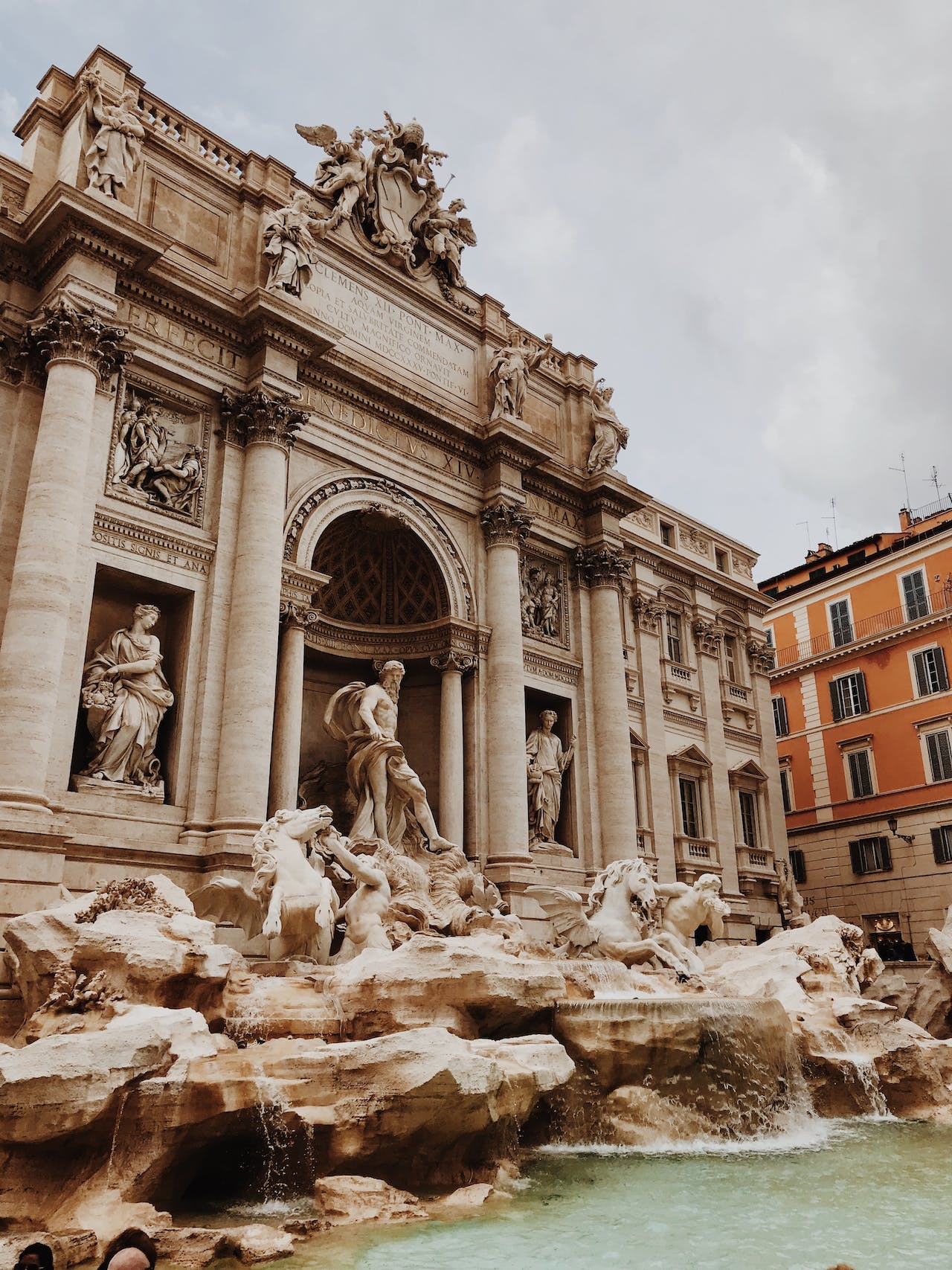
CAMPO DE' FIORI
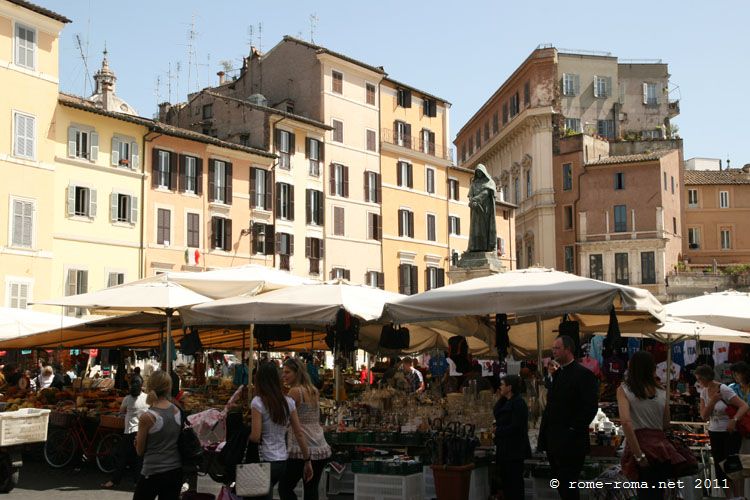
It is very rare to find a square in Rome without a church overlooking it, and Campo de’ Fiori is one of those.
A square historically focused on trade and the market, with the statue of the philosopher Giordano Bruno at its center.
Today, Campo de’ Fiori is a lively center of socialization and shopping. During the day, the square hosts a picturesque food market, while in the evening, it transforms, attracting tourists and university students with its restaurants and bars.
The surrounding streets, full of artisan shops, stores, and bars, branch out from Campo de’ Fiori in different directions.
Some of them, with their names, carry the history of artisans and sellers who had their shops there, such as Via dei Cappellari, Via dei Chiavari, Via dei Balestrari, Via dei Baullari, and Via dei Giubbonari.
THE JEWISH QUARTER

The Jewish ghetto of Romeis a hidden treasure, centrally located between the Capitol and the Tiber. Considered the oldest in the Western world, it was built in 1555, and Roman Jews were obliged to reside here. Today, it is one of the most beloved tourist destinations and one of the most charming areas of the city. Here, you can visit the Sinagoga, a cultural landmark for the entire Jewish community, the Jewish Museum, the ruins of the portico d'Ottavia and the Theater of Marcellus, and the beatiful Turtle Fountain. The neighborhood also guarantees a gastronomic experience, thanks to the numerous kosher restaurants present.
TRASTEVERE
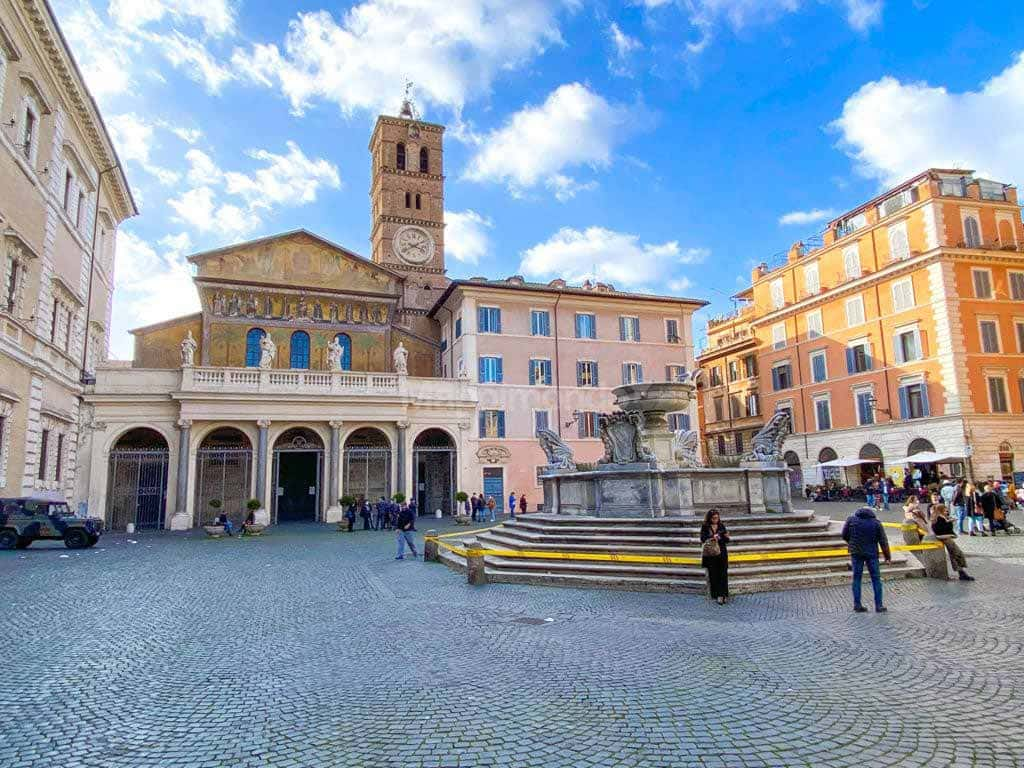
Trastevere is one of Rome's most characteristic neighborhoods, attracting many tourists and young Romans alike. From above, its myriad cobblestone streets and intricate squares form a detailed map of stories. Nestled between the Tiber River, the Vatican, and the Gianicolo, and just a short walk from the historic center, the Trastevere neighborhood is one of the most picturesque areas of the city.
Split on two distinct sides of Viale Trastevere, tourists often find here a Rome they will never forget. On the side of Santa Maria in Trastevere, international students mingle with Romans in and out of pubs, squares, and characteristic restaurants. On the other side of Viale Trastevere, to the south, you experience the real Rome, quieter and more authentic, amid cobblestone streets and traditional taverns.
MONTI
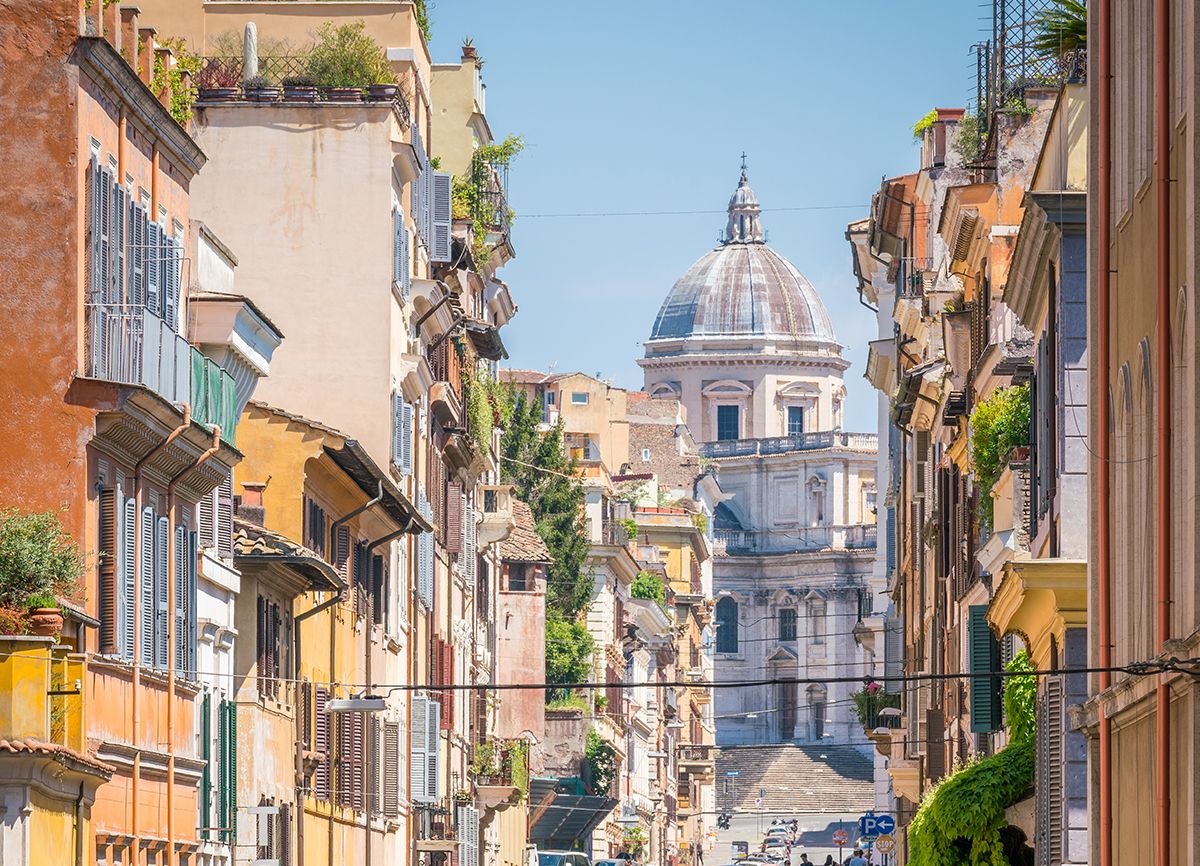
The Monti district, proudly the first district of Rome, is a young and "hipster" neighborhood that coexists harmoniously with the ancient. A district of small art galleries and wine bars, good restaurants, bars, and some artisans, Monti is one of the favorite areas of young Romans and beyond. Excellently located between Via Cavour and Via Nazionale, a stone's throw from the Colosseum and Roman Forum, Monti is the right neighborhood to spend afternoons browsing vintage shops, flipping through old books, chatting at aperitif time sitting on the steps of the fountain in Piazza della Madonna dei Monti. A well-preserved small neighborhood, with a less touristy feel than other districts like Campo de’ Fiori and Piazza Navona. What was the Suburra in Roman times, with shantytowns of the working class, prostitutes, and pimps on street corners, is now one of the coolest neighborhoods in the capital..
PRATI
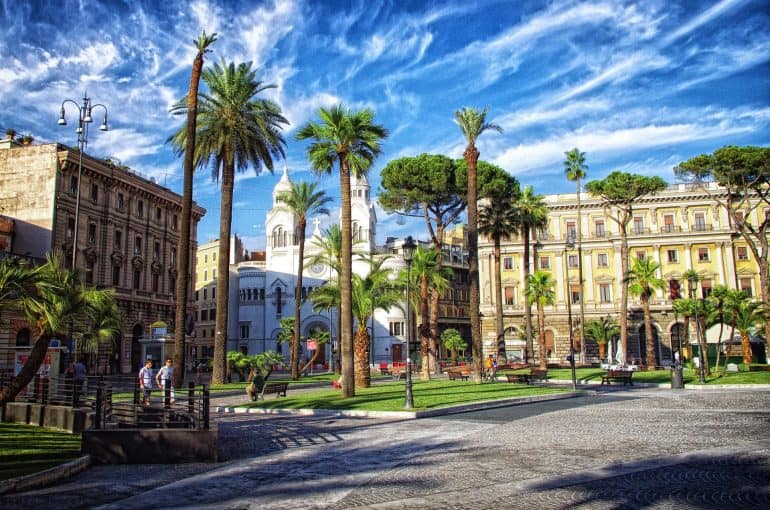
Known for its wide avenues, elegant buildings, and modern charm, Prati has a distinct personality and a style reminiscent of a Parisian neighborhood. Its strategic location (above the Vatican and the Tiber), its shopping streets, and trendy restaurants make Prati a jewel that Romans jealously guard. Often referred to as the neighborhood of white-collar workers, during weekdays, Prati serves as a business hub for Roman professionals. When the sun sets and the weekend arrives, businessmen give way to lively local bars and restaurants. Wine bars, live music venues, and classic and international Roman restaurants are filled with locals. The main attraction of the neighborhood is the large shopping street less known to tourists, via Cola di Rienzo, lined with international and Italian high-fashion shops.
BORGO

Borgo is the 14th district of Rome and is a small city within the city. Given its proximity to the Vatican, it's not uncommon to come across Cardinals, prelates, and Swiss guards. Its cobblestone streets are rich in history and have hosted, among many others, Pope Benedict XVI, Raphael, and Michelangelo Buonarroti. The three main streets, known here as "Borghi," are Borgo Pio (named after Pope Pius IV), Borgo Angelico (named after the Pope's baptismal name), and Borgo Vittorio (named after the victory of Lepanto). Today, Borgo is a small district that has not entirely lost its charm, where you can find outdoor restaurants, a few bars, and artisan shops.
MONTEVERDE
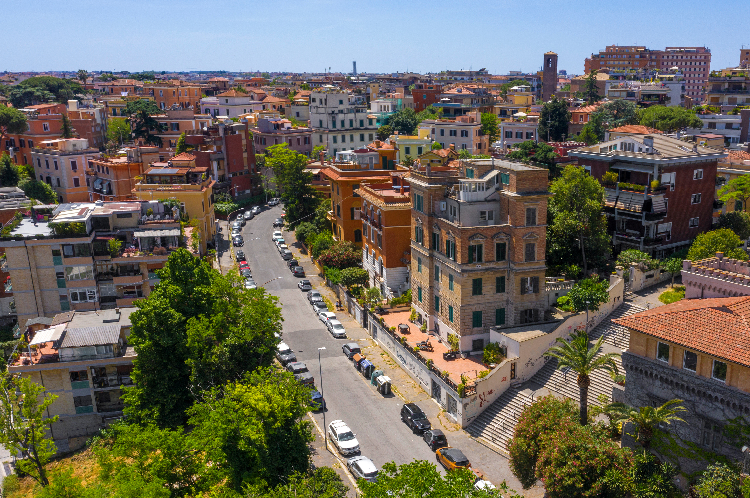
Monteverde is a refuge, a place to recharge away from the noise and hustle of the city below; its shaded streets and slower pace make it one of the quietest neighborhoods in the capital. Fifteen minutes by tram from Piazza Venezia, Monteverde is located behind the Gianicolo and extends west through the city, past Villa Doria Pamphili. Urbanization took place in the early 20th century, with the construction of some stately villas that now make up what is called Monteverde Vecchio. After the war, a new urbanization took place, giving rise to the neighborhood of Monteverde Nuovo. Monteverde is a residential neighborhood, without metro stops but well-served by trams and buses.
TESTACCIO

Testaccio might not be the most beautiful neighborhood in Rome, but its history will make you love it. In the early 2nd century B.C., the Testaccio area was chosen as the site of the Emporium river port, a landing point for food supplies and goods. Olive oil, cereals, and other essential foods arrived in terracotta vessels (amphorae), and once emptied of their contents, they were discarded in an open-air landfill. The result of millions of stacked amphorae is the Monte dei Cocci, or Monte Testaccio, still present and visitable today. Centuries later, Testaccio hosted the largest slaughterhouse in Europe (now a museum and event venue).
Today, Testaccio is considered a genuine neighborhood, a stronghold of Roman culinary excellence, home to some of the best restaurants in the capital. You'll notice it too, walking through the streets of this neighborhood.
OSTIENSE
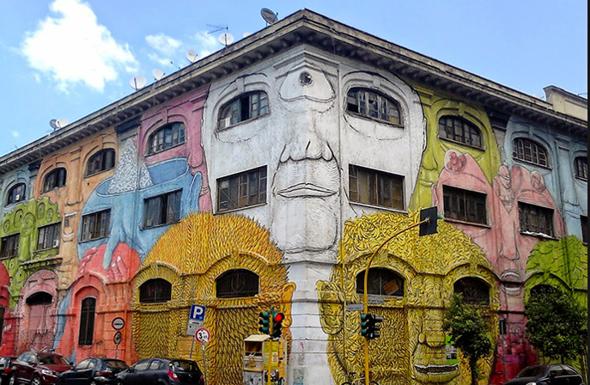
Lively, colorful, and eclectic, the Ostiense, neighborhood, once an emerging district, is now in full expansion. Crossed by the historic Via Ostiense (built in Roman times to connect the capital with the port of Ostia), Ostiense borders the popular areas of Garbatella and Testaccio.
A new life has begun to flourish in recent years, thanks to numerous restaurants, bars, and pubs opening in the area and new infrastructures. Although more lively after sunset, Ostiense is also a unique destination for a daytime stroll. It is one of the best neighborhoods in Rome for street art, with the best works found along Via del Porto Fluviale, Via dei Magazzini Generali, and under the railway bridge between Via della Stazione Ostiense and Via Pellegrino Matteucci.
GARBATELLA

The popular Garbatella district, thanks to its distinctive architecture, authentic local cuisine, and genuine atmosphere, is a small village within the city that attracts both locals and tourists. The imposing and modern Settimia Spizzichino Bridge has brought a breath of fresh air to the historic district, connecting it to the younger Via Ostiense.
The neighborhood was created to house working-class families in the 1920s, inspired by Ebenezer Howard's 'British Garden City,' a utopian ideal where residents lived in harmony with nature. Today, small groups of independent condominiums (lots) cluster around common inner courtyards, creating cultivable green spaces. Legend has it that the name Garbatella derives from a kind innkeeper known as Carlotta, who fed construction workers, leading to the abbreviation from "Garbata Ostella" to simply Garbatella. From eclectic buildings to delicious food, get ready to experience one of the most interesting neighborhoods in Rome.
AVENTINO

Situated on the southernmost of the seven hills of Rome, Aventino is one of the most elegant residential neighborhoods in Rome and, given its proximity to the center, one of the most coveted. A quiet and reserved area with beautiful Liberty-style villas, detached from the hustle and bustle of the city center, but featuring interesting sites, churches, and basilicas to visit. Notable places to visit include the charming Orange Garden with the nearby Santa Sabina, one of the best-preserved early Christian churches; Piazza dei Cavalieri di Malta where you find the most famous keyhole view in the city – through the keyhole of the door of the palace of the Order of Malta opens up a surprising view of St. Peter's; and, of course, the Circus Maximus.
EUR

Although outside touristy Rome, the EUR neighborhood is a fascinating area completely different from others. Famous for its architecture inspired by fascist ideology, it was built for the Universal Exhibition of 1942, from which it takes its name. The symbolic element is the Square Colosseum or Palace of Italian Civilization now the Fendi headquarters, along with the Congress Palace, the church of Saints Paul and Peter, and more recently, the Nuvola by Fuksas, home to the Italy Congress Center. EUR is the business district of Rome, a financial and economic center, but where you can find green areas, restaurants, bars, and shops. It has also been chosen as the venue for the E-Prix circuit in Rome.
PONTE MILVIO

Located in northern Rome, here, unlike the city center, you will rarely hear English spoken. This neighborhood is almost exclusively frequented by locals, and you will find more to do than to see. It is one of the favorite areas for young people to hang out with friends, have a drink, and enjoy the weekend. The nightlife here has a lot to offer, with a wide choice of restaurants and bars.
Ponte Milvio is also one of the oldest bridges in Rome, where young lovers often attach a padlock to the lampposts of the bridge and throw the keys into the Tiber (a tradition inspired by the novel "Ho Voglia di Te," written by Federico Moccia). The classic Roman atmosphere and the view of one of the oldest bridges in Rome are enough to justify a visit to the northern part of the city center.
FLAMINIO

A bit north of the city center, the Flaminio neighborhood, young and trendy, is easily reachable by public transport. Here, you will discover a different and more contemporary side of Rome: from the beautiful MAXXI, a contemporary art museum designed by Zaha Hadid, to the Auditorium Parco della Musica by Renzo Piano, where you can attend numerous shows, concerts, and events, to the recent Ponte della Musica, which connects Flaminio to the Foro Italico. Also worth a visit is Little Londra”, a street with a "British" style reminiscent of residential neighborhoods in London, as well as the many excellent modern restaurants and bars in the area.
PIGNETO
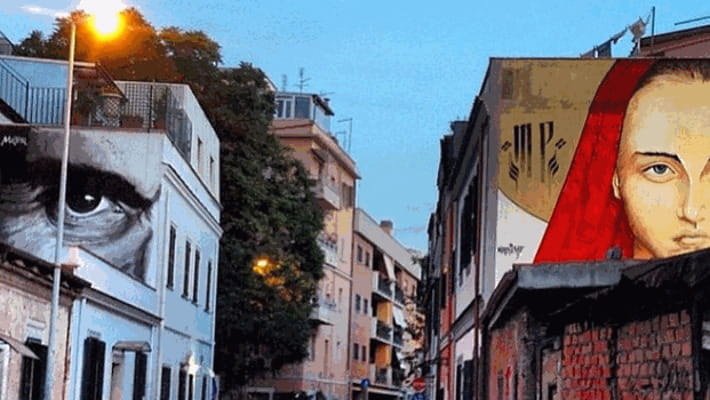
This neighborhood, once a poor and disreputable suburb, has become one of the most interesting and cool areas of the city. Defined as the Brooklyn of Rome by Vanity Fair and appreciated by many international magazines, Pigneto is the center of the Roman alternative scene. Loved by Pierpaolo Pasolini, here you will find a high density of clubs and restaurants, vintage shops, and a cosmopolitan community of street artists, hipsters, university students, and immigrants.
SAN LORENZO

The San Lorenzo neighborhood is located in the southeast area of Rome, born in the second half of the nineteenth century as a proletarian district, with housing predominantly intended for workers. Hit hard by bombings during World War II, reconstruction has been slow and difficult. Today, it is a neighborhood, at times degraded but in continuous cultural and artistic ferment. Frequented by young people and students from the nearby La Sapienza University, whose hub is Piazza dell'Immacolata, you will find street art and occupied buildings, along with restaurants and bars with affordable prices.
ESQUILINO
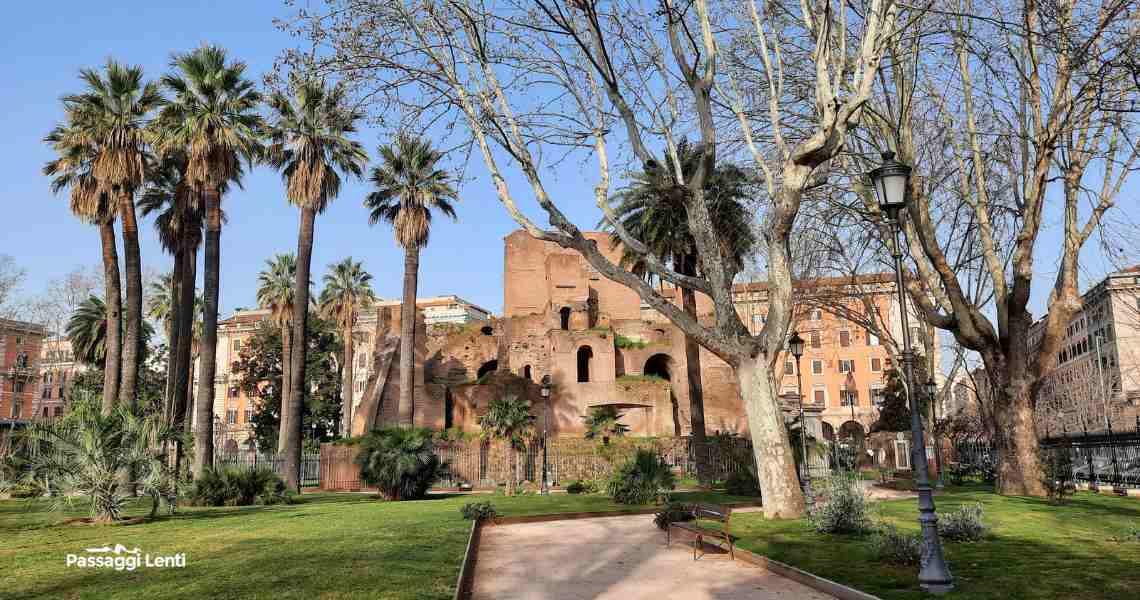
The Esquilino district of Roma, ust south of Termini Station, symbolizes multicultural Rome. A crossroads and meeting point for various ethnicities, it is undergoing redevelopment while preserving its charm. A vibrant and well-connected neighborhood, many cinema celebrities have chosen to live here. Alongside a myriad of ethnic restaurants and food markets, you will find fantastic sites to visit such as the extraordinary Basilica di Santa Maria Maggiore, the church of Santa Maria in Gerusalemme and Piazza Vittorio, a symbol of the district.
PARIOLI
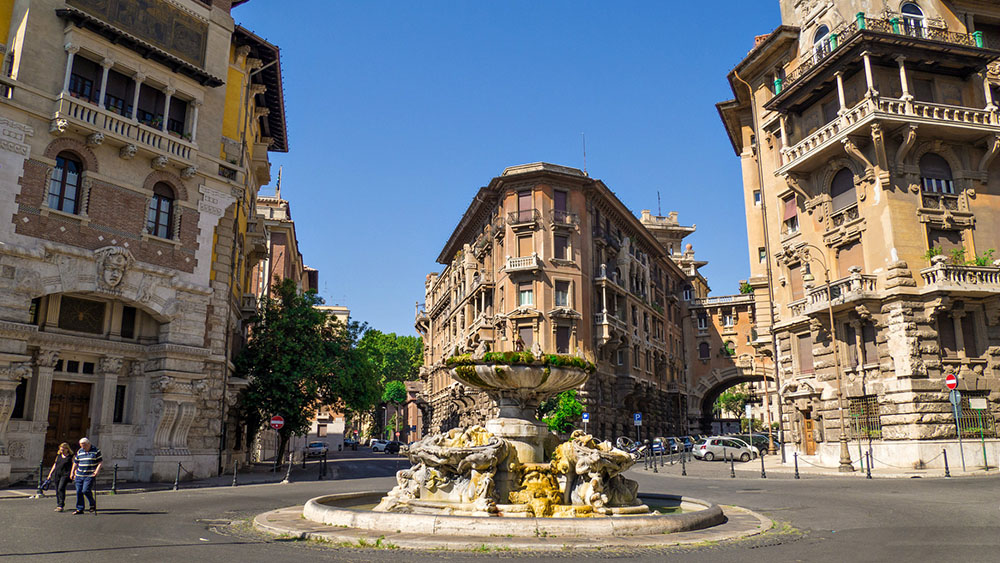
Parioli, the most exclusive neighborhood in Rome, is considered the district of the "upper crust." It stretches along the Tiber River, near the Rai headquarters and Villa Borghese. The neighborhood is inhabited by well-known figures from Italian television and cinema, as well as prominent personalities in the realms of politics, culture, and art. The area is distinguished by exclusive villas with large terraces, "hidden" gardens, and penthouses.
COPPEDE'

The Coppedè district is not precisely a neighborhood but was named after the architect who designed it: Gino Coppedè. SIt is located in the Trieste district, between Salaria and Nomentana. This complex of buildings represents a fantastic mix of styles, including Liberty, Art Deco, Greek, Gothic, Baroque, and Medieval.